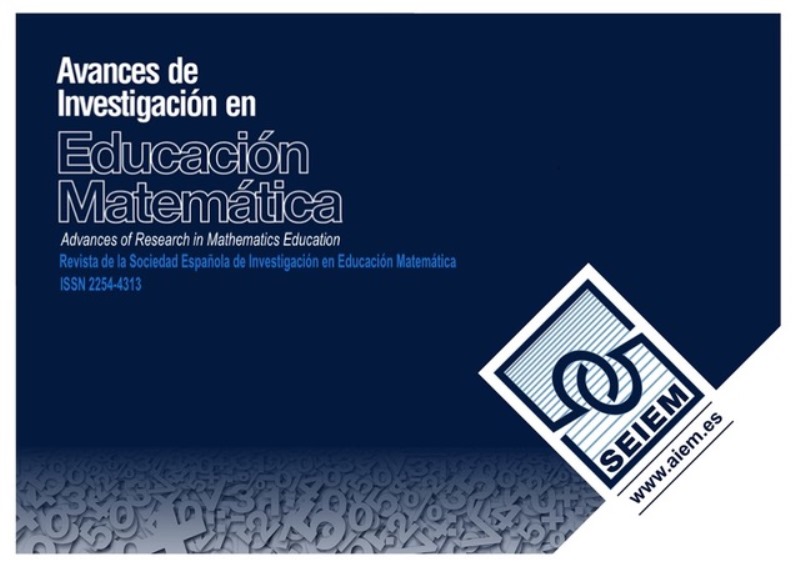An explanatory model of the beliefs and attitudes towards mathematics
An analysis based on structural equation modeling
DOI:
https://doi.org/10.35763/aiem.v0i10.155Keywords:
Beliefs, attitudes, mathematics, students, structural equation modelAbstract
This article summarizes the results of an investigation whose purpose was to analyze what aspects of the beliefs and attitudes of students towards mathematics, have greater evidence of relationship with them. A quantitative design was used. Data collection was performed with 506 high school students in Costa Rica. For the analysis of the information, a structural equation model was used. The results show that from the viewpoint of Mathematics problem solving, there is evidence of a relationship between the
cognitive, emotional and behavioral components, and attitude toward discipline. Most didactic trends of mathematics’ teachers and perception about him presented evidence directly related to beliefs about Mathematics and indirect to attitudes toward the subject. However, it was the image of the student about himself in the discipline which had a higher ratio.
Downloads
Downloads
Published
How to Cite
Issue
Section
License
The articles published in this journal are under a license Creative Commons: By 4.0 España from number 21 (2022).
Authors who publish with this journal agree to the following terms:
- Authors retain copyright and keep the acknowledgement of authorship.
- The texts published in this journal are – unless indicated otherwise – covered by the Creative Commons Attribution 4.0 international licence. You may copy, distribute, transmit and adapt the work, provided you attribute it (authorship, journal name, publisher) in the manner specified by the author(s) or licensor(s). The full text of the licence can be consulted here: http://creativecommons.org/licenses/by-nc/4.0.
- Authors are able to enter into separate, additional contractual arrangements for the non-exclusive distribution of the journal's published version of the work (e.g., post it to an institutional repository or publish it in a book), with an acknowledgement of its initial publication in this journal.
- Authors are permitted and encouraged to post their work online (e.g., in institutional repositories or on their website) prior to and during the submission process, as it can lead to productive exchanges, as well as earlier and greater citation of published work (See The Effect of Open Access).









